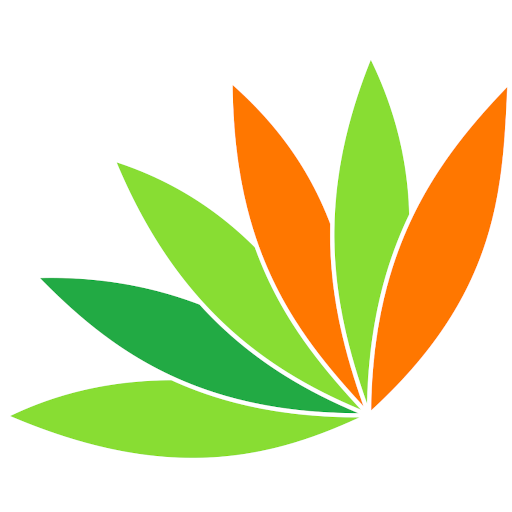
Sustainability and Environment
Our students develop an appreciation of the environment and sustainable life habits.
At Village School, we use a holistic approach to the study of Environment and Sustainability.
We integrate educational, environmental, social and economic outcomes to enable students to appreciate each aspect of the environment as part of the full picture of sustainability. We teach about the importance of the environment through all aspects of our curriculum, whether that’s through art, music, maths, English or science.
ResourceSmart program
Village School supports the ResourceSmart framework for the holistic study of sustainability and the environment. The ResourceSmart Schools program is an award-winning Victorian Government program that helps schools to embed sustainability across the school.
We encourage students to significantly reduce their use of resources by following the path of the ResourceSmart Certification Tools of:
Awakening
Discovering
Transforming
Sustainability and
Leadership
at each level of the student’s growth and progression.
Village School wetlands
The Village School Wetlands consists of two ponds created by the school and one billabong created as a result of a Yarra Water creek diversion. The wetlands span the school and Yarra Water land and includes a walking path for community use. It was developed by the school with community involvement in the early to mid 1990s to encourage wildlife back into the urban fringe area and is used for regular student activities.
Sustainability and the environment at Village School
Our sustainability program takes an integrated approach, tackling the areas of biodiversity, energy, waste, water and recycling as life skills. Outlined below are some learning activities and topics that we may use to help students learn about the environment.
-
Students are encouraged and involved in the maintenance of our gardens and wetlands, and the life cycles of wetland animals are studied. The importance of animal life is studied, and we discuss the impact of introduced flora and fauna, along with the importance of indigenous flora and fauna.
Habitat is appreciated, and we make efforts to maintain what we have, including the planning, planting and maintenance of plants and discussions about the impact of care versus neglect of the land.
Animal by-products are collected and put to good use in growing our gardens, while eggs are collected by the children from our school farm and sold to our community. The importance of animals to our well-being is discussed and our students know where our food comes from.
-
Village School was involved in the Solar for Schools project in the past and has solar panels installed, which the children learn about.
Students are involved in plans for energy saving and are alert to the need to conserve, and energy ratings are discussed and evaluated when new purchases are made.
Lights and appliances are switched off when not in use.
-
Students are involved in ‘waste management’ teams, which monitor the litter around the school and report back to meetings, and leftover lunches are collected and fed to our farm animals.
Classrooms include various bins to allow waste to be sorted and recycled or disposed of appropriately.
Students are aware of the undesirable effects of litter on the environment and get involved in ‘Clean Up Australia’ days.
-
Village School is a water-conscious school, and works to improve our students’ attitude and behaviours towards water.
From time to time, students undertake projects at different levels that educate and inform them about the importance of water as a precious resource.
Students may report on dripping taps and collect excess water to be used on plants in the various Village School gardens.
Relevant tasks, such as a water or waste audit, may be undertaken at school and also at home involving parents and siblings.
Sustainability skills for life
Our sustainability and environment program also further develops students’ knowledge, thinking, attitudes and practical skills in relation to the environment.
These skills flow on to help them across all areas of the curriculum.
Examples of sustainability at Village School
Here are some examples of environmental projects that our students have undertaken as part of their self-directed learning and our sustainability program.
-
The children collected water from nearby Brushy Creek in order to test the pH levels.
It was done both upstream and downstream from an inflow from the nearby water treatment works, the children discovered that contrary to what they thought, the inflow was not polluting the creek in any way as the water tested as being very pure.
However, it did impact adversely on the natural organic growth in the creek.
-
The students looked at our waste system and decided it was not allowing enough objects to be recycled.
They helped introduce a six different bins system which included: paper, recyclable plastic metal etc, scrunchable plastics, compost, chicken food and landfill.
-
The horse manure is collected weekly by the children and together with the compost they use it to build up our garden beds before planting.
Sometimes we sell left over bags of horse manure to the parents.




